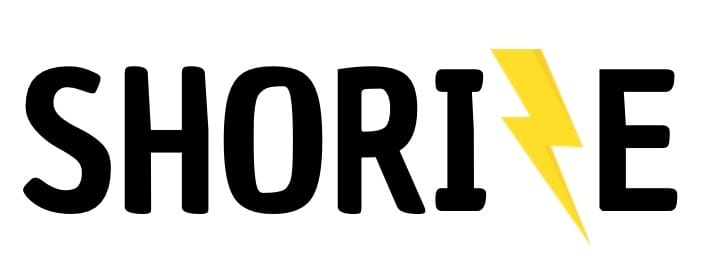- SHORIZE NEWS
- Posts
- Shorize: E-Containerships gaining ground amid ferries and tugs advancements
Shorize: E-Containerships gaining ground amid ferries and tugs advancements
Wuhu Battery containership • Yangtze shore power • EU port gap • SAAM Hybrid tug strategy • Electric ferries • Small vessel challenges • San Franciso Ferries • Hydrofoil success • Crew training

Dear readers, the maritime sector's electrification progress in 2025 demonstrates significant technological and operational advances. China's Wuhu Shipyard has commenced construction on a 400TEU battery-electric containership featuring 20MWh swappable batteries, while Yichang port reports 50.4M kWh of shore power delivered to 48,000 vessels. Despite these achievements, infrastructure gaps remain, with only 35% of EU TEN-T ports currently compliant with 2030 shore power mandates. Performance data from operational projects, including Stockholm's hydrofoil ferry achieving 95% emissions reductions, provides measurable benchmarks for the industry. Enjoy this edition!
Looking for previous editions? Click here. Feel free to share it with your network and anyone involved in ports and vessels electrification!
Top News
Wuhu Shipyard 400TEU battery-electric containership: Tri Waters New Energy Technology has begun construction on a 104.68m battery-electric containership for Zhonghuaizhou Shipping. The vessel will utilize ten containerized battery units totaling 20MWh capacity, enabling 10.8-knot speeds on Yangshan-Taicang routes. Swappable battery technology reduces port charging time by 60% compared to fixed systems. READ MORE
Yichang Port shore power implementation: State Grid Yichang Power Supply Company has delivered 50.4M kWh of shore power to 48,000 vessel calls at Zigui port since project inception. The $22M infrastructure investment has reduced diesel auxiliary engine use by 85% along Yangtze River routes. Expansion to 12 additional Hubei Province ports is planned before 2026. Current systems support vessels up to 5,000 gross tonnage. READ MORE
Container ship shore power adoption trends: EU FuelEU Maritime regulations require 100% shore power capability at TEN-T ports by 2030, though current readiness stands at 35%. Wärtsilä reports 150 commercial vessels now utilize their shore power solutions, while Cavotec notes 100+ annual retrofits industry-wide. The IEC 80005-1 standard has enabled 78% faster installation times for high-voltage connections since 2022. READ MORE
SAAM Towage Hybrid tug deployment: SAAM Towage operates two 3,616 kWh battery-electric tugs in Vancouver and will deploy a third in Puerto Chacabuco by Q3 2025. The 25m tugs achieve 12-knot speeds with 40% reduced fuel consumption versus conventional models. A memorandum with Caterpillar will introduce methanol-hydual-fuel engines in 2026, targeting 50% CO₂ reduction fleet-wide by 2030. READ MORE
San Francisco Bay electric ferry project: Nichols Brothers Boat Builders will construct two 400-passenger electric ferries featuring 25-knot service speeds for San Francisco Bay routes. The vessels utilize Wärtsilä's modular DC grid system with four independent 350kW propulsion units. Construction begins July 2025, with commissioning scheduled for Q4 2026. Projected annual emissions reduction totals 4,800 metric tons CO₂ equivalent. READ MORE
Small Vessel electrification challenges: Ricardo analysis indicates current battery technology requires 8m³ space for 1MWh capacity in sub-400 GT vessels. Solid-state prototypes under development could increase energy density by 120% by 2027. Norway's mandatory lithium-ion safety training program has certified 3,154 seafarers since 2022 implementation. READ MORE
Stockholm Hydrofoil ferry performance data: Candela P-12 hydrofoil ferry achieved 95% CO₂ reduction and 84% lower energy consumption per passenger-km during 2024 trials. The vessel completed 120 departures with 2,300 passengers at 80% occupancy rates. Daily service expansion in May 2025 will increase capacity by 40% on Ekerö-Stockholm routes. READ MORE
Maritime Battery Development: The Maritime Battery Forum reports 1,537 battery-powered vessels in operation globally as of Q1 2025. Norway's mandatory training curriculum covers lithium-ion safety, system diagnostics, and high-voltage maintenance across 84 instruction hours. Projections indicate 45% of newbuild vessels will incorporate battery hybrid systems by 2030. READ MORE
Looking for previous editions? Click here. Feel free to share it with your network and anyone involved in ports and vessels electrification!